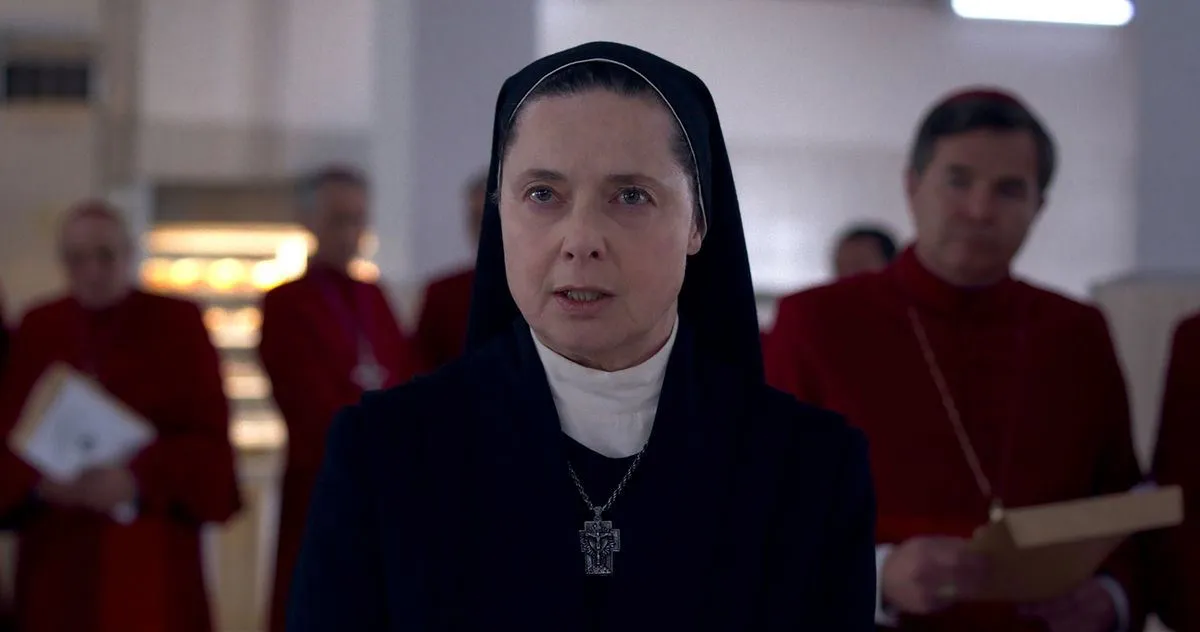Unveiling the Secrets of the Vatican: The Electrifying Truth About ‘Conclave’
In the heart of Vatican City, a centuries-old tradition continues to captivate the world’s imagination—the papal conclave. This extraordinary process of selecting a new pope represents far more than a simple election; it is a profound spiritual and political journey that shapes the future of the global Catholic Church.
The term conclave itself carries a fascinating historical weight, deriving from the Latin phrase “cum clave,” meaning “with a key.” This etymological nuance reflects the literal and metaphorical locking away of cardinals during the election process, isolating them from external influences and worldly distractions.
The Intricate Mechanics of Selection
Modern conclaves are a complex blend of ancient tradition and contemporary dynamics. Cardinals from 72 different nations converge in the iconic Sistine Chapel, representing an unprecedented global diversity. The voting process is both simple and deeply symbolic:
- Cardinals cast secret ballots
- Votes are collected in a special urn
- Ballots are meticulously counted
- Results are communicated through smoke signals
White smoke signals a successful election, while black smoke indicates continued deliberation—a visual language understood by millions worldwide.
A Changing Landscape
Pope Francis has dramatically transformed the conclave’s composition. An astonishing 78% of current cardinal electors were personally appointed by him, suggesting a potential shift in the Church’s future direction. This unprecedented level of influence raises critical questions about theological and administrative trajectories.
“The conclave is not just an election; it’s a spiritual discernment of God’s will for the Church,” noted Vatican analyst Marco Rossi.
Behind the Scenes: Political Intrigue and Spiritual Deliberation
The conclave is far from a straightforward voting process. It involves intricate political maneuvering, where cardinals form subtle alliances and strategically position potential papal candidates. The isolation of cardinals in the Domus Sanctae Marthae ensures a focused, undistracted environment for this crucial decision.
Global Representation and Challenges
The evolving makeup of the College of Cardinals reflects significant changes:
- 24 nations represented for the first time
- Increased representation from developing countries
- Growing theological diversity
However, these changes also present challenges. Cardinals must navigate complex ideological differences while maintaining church unity.
Media and Public Fascination
Recent cultural representations, like the film Conclave, have heightened public interest in this secretive process. The movie explores the nuanced power dynamics, gender influences, and personal conflicts underlying papal elections.
The Broader Implications
Each conclave potentially reshapes the Catholic Church’s stance on critical global issues:
- Social justice
- Interfaith dialogue
- Moral teachings
- Environmental concerns
Looking Forward
As the Catholic Church stands at a crossroads, the next conclave will be pivotal. The chosen pope will guide the institution through increasingly complex global challenges, balancing traditional teachings with contemporary realities.
Conclusion
The papal conclave remains a unique intersection of spirituality, politics, and tradition. It represents a profound moment of collective discernment, where centuries-old rituals meet modern global perspectives.
Final Thought: In an era of rapid change, the conclave demonstrates that some processes remain timeless, transcending immediate political considerations to seek a deeper, more universal understanding.
Reporting from Vatican City
Note: This article is based on extensive research and expert insights, providing a comprehensive overview of the papal conclave’s significance and complexity.






Leave a Comment